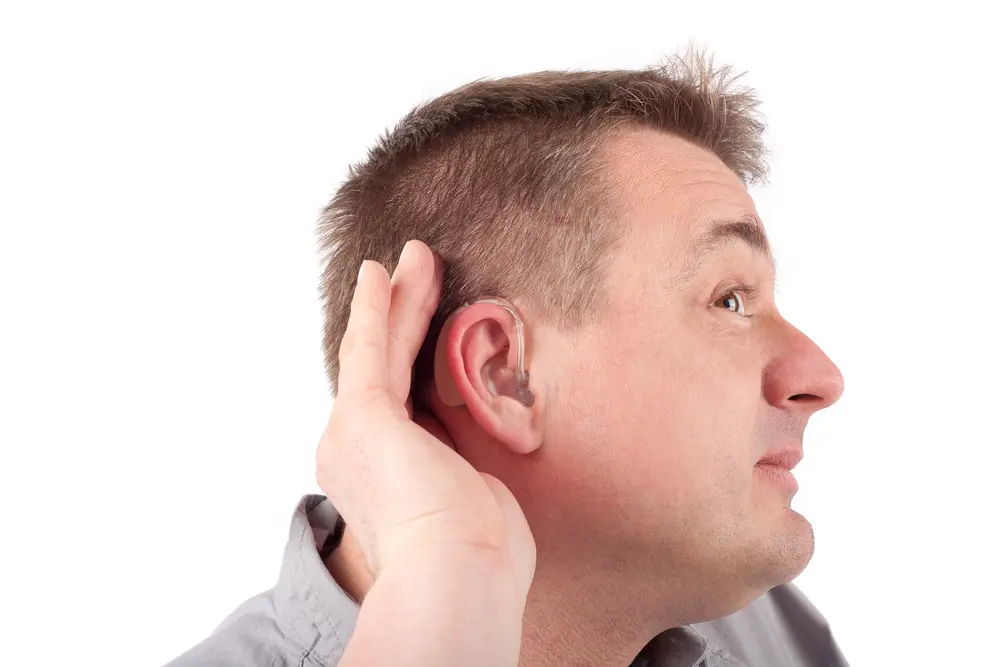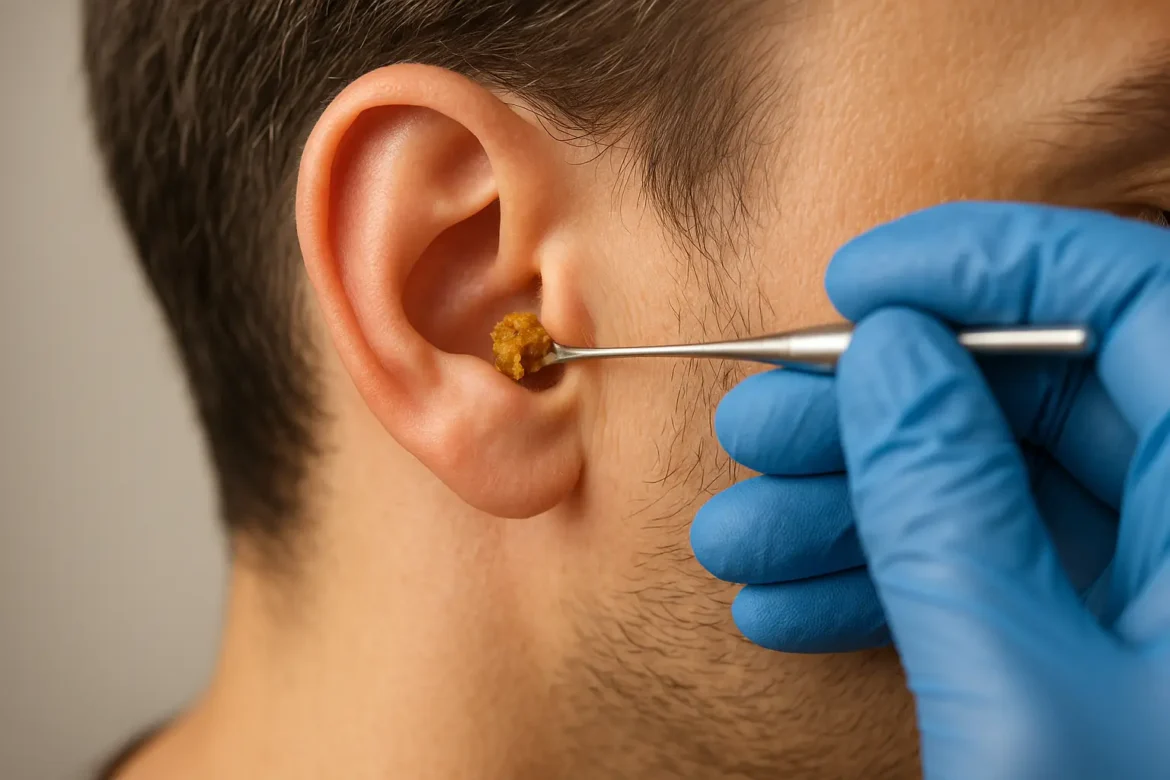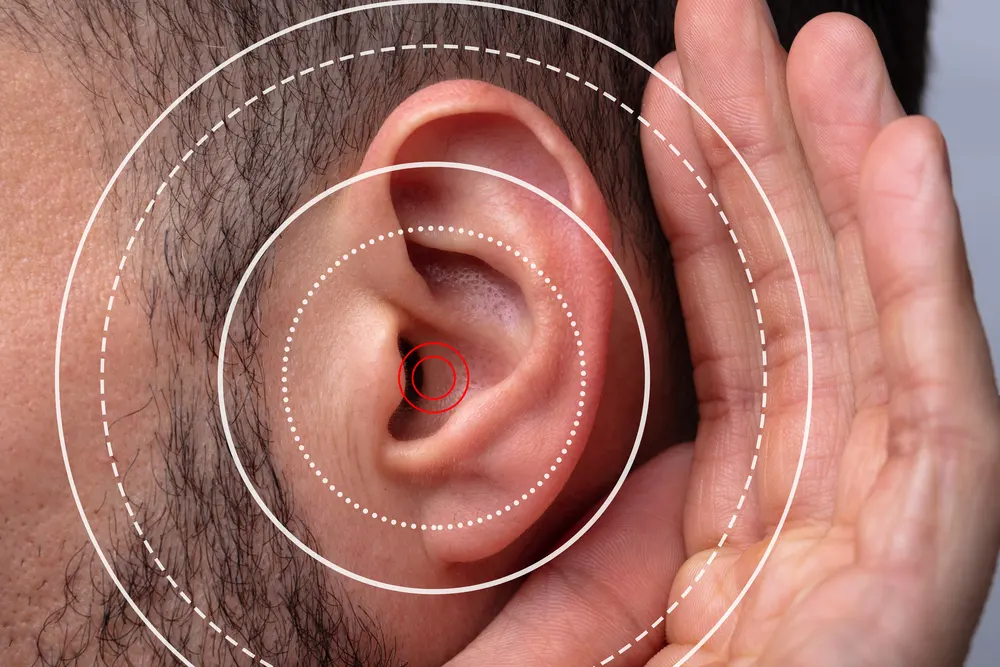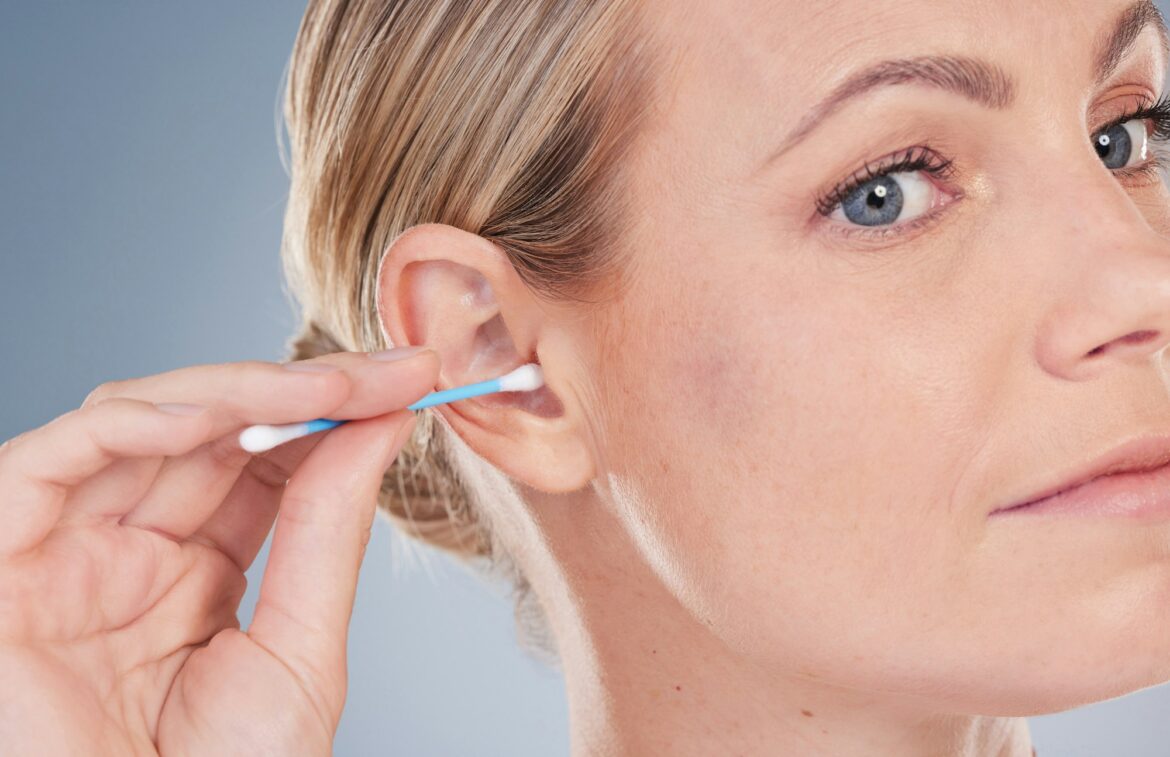When we go in for a hearing test, there are usually two states of mind: total confidence that “everything’s fine, the TV is just too quiet,” or a nervous thought that hearing aids are in the near future. And for anyone scheduling hearing tests Calgary clinics provide, it’s natural to wonder: can a hearing test be wrong?
The short answer: yes — and more often than you might expect.
The long answer is even more interesting.
Modern audiology is a precise science, but it still works with human beings. And humans can forget to turn off the iron, mix up left and right, or press the “heard it” button after hearing… well, something else entirely. So mistakes or minor inaccuracies during testing are rare, but absolutely possible. Here’s why it happens — and how to keep your ears from “setting you up” during the exam.
1. The Human Factor: The Main Source of Surprises
Your audiologist may be a top-tier professional and the equipment may be calibrated to perfection, but if the person inside the booth is nervous or distracted, the test results can be less than ideal.
Common situations include:
Hearing the wrong thing
Sometimes people react not to the test signal, but to their own movement, the rustle of clothing, or even their breathing. Others pick up reflected sound, especially if the booth’s acoustics differ slightly from what they’re used to.
Pressing the button too early
The booth is quiet — very quiet. Quiet enough that the brain starts “imagining” sounds. This can make you think a tone was there when it was really just your mind filling the silence. Perfectionists know this well: “What if that was the signal and I missed it? I’ll press, just in case!”
Fatigue
A hearing test can take 20 to 60 minutes. If you came straight from work, survived multiple meetings, strong AC, and two lattes, your focus may drift. In that state, not only a hearing test but even a multiplication-by-7 quiz could look strange.
2. Equipment Isn’t Always Perfect Either
You might be surprised, but even in our high-tech world, devices sometimes misbehave. Yes, even in Canada — a country where you’re more likely to meet a functioning audiometer than a bear.
Calibration issues
Audiometers require regular checks and recalibration. It’s basically a vehicle inspection — but for hearing equipment. If the device hasn’t been updated in a while, it may produce tones that are slightly too loud or too soft.
Incorrect headphone placement
A tiny shift in the ear cups is enough to alter certain frequencies, especially during bone-conduction testing.
Worn-out cables or loose contacts
It sounds trivial, but a slightly damaged cable or oxidized connector can distort results. Anywhere from “your hearing is perfect” to “you only hear low frequencies.”
3. Temporary Medical Factors That Distort the Picture
Not everything depends on your focus or the equipment. Sometimes your own body decides to play tricks on you.
Earwax buildup
A classic case. It can reduce hearing by 20–40 dB. An audiologist may notice it during the exam, but if the test is done before the visual check, the results might look scarier than they really are.
Ear infections or inflammation
Sometimes people don’t even feel discomfort, yet fluid in the middle ear already affects sound conduction.
Allergies
Common in Canadian spring and fall. Allergy-related swelling can clog the ears and skew the results.
Pressure changes
Just flew back from Vancouver? A recent pressure shift can temporarily reduce hearing sensitivity. The test may show a problem that doesn’t actually exist.
4. The Psychological Factor: Hearing Isn’t Just About Ears
Fun fact: hearing is a complex function. It depends not only on your ears, but also on how your brain interprets signals.
Stress
Tension makes it harder to focus on faint tones. And for many people, even the sight of a medical office triggers a conditioned stress response.
The audiology version of “white-coat syndrome”
Just like some people experience elevated blood pressure around doctors, others become overly cautious or, on the contrary, react to everything during a hearing test.
5. Can a Test Ever Show “Too Good” Hearing?
Occasionally, yes. For example, if someone has heightened sensitivity to high frequencies or subconsciously anticipates the rhythm of the test tones.
But overall, hearing tests rarely inflate results. They’re more likely to slightly underestimate them.
6. What to Do If You Doubt the Accuracy of Your Test?
The solution is simple: schedule another test — ideally on a different day when you’re fully rested.
A few tips:
- Avoid loud environments for 24 hours beforehand: bars, gyms with booming speakers, construction zones with roaring machinery.
- Get a full night’s sleep. A well-rested brain provides more accurate results.
- Ask the audiologist to explain the process. Less tension means better focus.
- Check for earwax before the test. It’s the cheapest and fastest way to avoid false results.
Many clinics in Canada offer free retesting if the initial results look inconsistent or questionable, which is especially helpful for people who may eventually benefit from hearing aids Calgary AB providers offer.
Final Thought: Yes, a Hearing Test Can Be Wrong — and That’s Completely Normal
Errors don’t automatically mean there’s a hearing problem. Most inaccurate results come from:
- fatigue
- stress
- temporary medical issues
- rare technical glitches
What matters is approaching the test calmly and remembering that it’s an evaluation tool, not a verdict. Careful preparation, a repeat test, and a chat with a specialist provide a full and accurate picture of your hearing.
And if you’re getting tested in Canada, you’re in good hands: the standards are high, the equipment is modern, and specialists have seen every situation imaginable. Even if your ears decide to play a little prank, the audiologist will catch it.






















